Archaeologists have discovered an ancient city, that thrived between 3,300 and 2,900 years ago, hidden beneath a mound in the Kurdistan region of northern Iraq. Located in a valley on the northern bank of the lower Zab River, the remains of the city, called Idu, are now part of a mound created by human occupation called a tell, which rises about 32 feet above the surrounding plain.
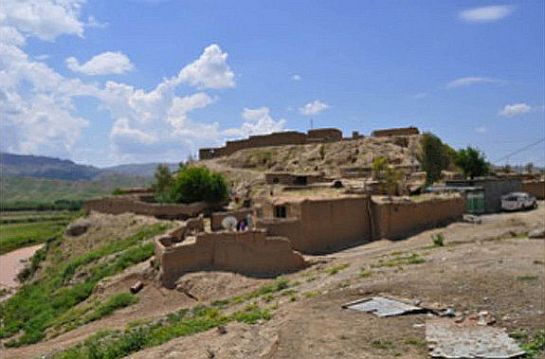
The earliest remains date back to Neolithic times, when farming first appeared in the Middle East, and a modern-day village called Satu Qala now lies on top of the tell.
The city thrived between 3,300 and 2,900 years ago. At the start of this period, the city was under the control of the Assyrian Empire and was used to administer the surrounding territory. As the empire declined, the city gained its independence and became the centre of a kingdom that lasted for about 140 years, until the Assyrians reconquered it.
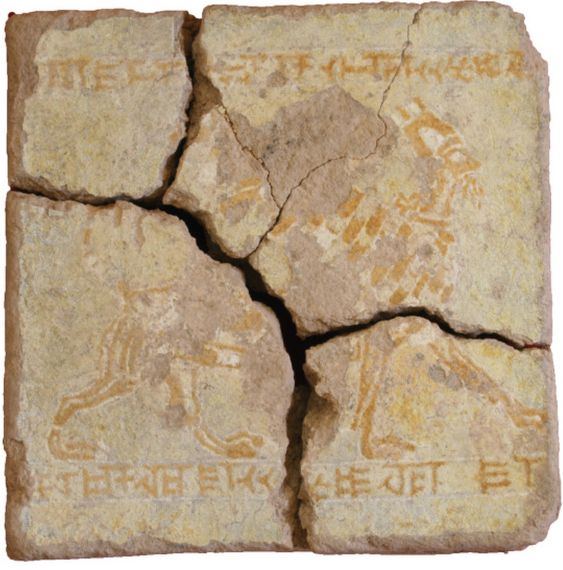 The researchers were able to determine the site’s ancient name when, during a survey of the area in 2008, a villager brought them an inscription with the city’s ancient name engraved on it.
The researchers were able to determine the site’s ancient name when, during a survey of the area in 2008, a villager brought them an inscription with the city’s ancient name engraved on it.
Excavations were conducted in 2010 and 2011.
Two works of art unearthed by researchers hint at the decorations adorning the palaces at the time Idu was independent.
One piece of artwork, a bearded sphinx with the head of a human male and the body of a winged lion, was drawn onto a glazed brick that the researchers found in four fragments.
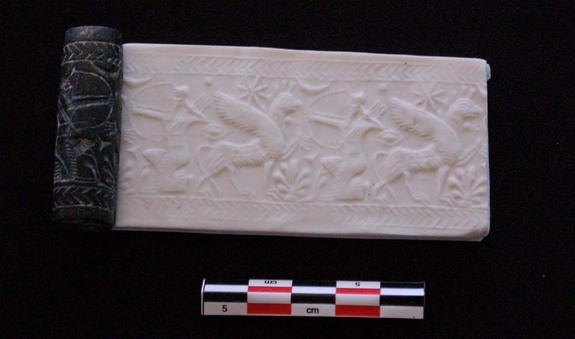 Above and below the sphinx, a surviving inscription reads, “Palace of Ba’auri, king of the land of Idu, son of Edima, also king of the land of Idu.” Another work that was created for the same ruler, and bearing the same inscription as that on the sphinx, shows a “striding horse crowned with a semicircular headstall and led by a halter by a bearded man wearing a fringed short robe,“.
Above and below the sphinx, a surviving inscription reads, “Palace of Ba’auri, king of the land of Idu, son of Edima, also king of the land of Idu.” Another work that was created for the same ruler, and bearing the same inscription as that on the sphinx, shows a “striding horse crowned with a semicircular headstall and led by a halter by a bearded man wearing a fringed short robe,“.
Another intriguing artifact, which may be from a palace, is a cylinder seal dating back about 2,600 years, to a time after the Assyrians had re-conquered Idu. When it was rolled on a piece of clay, it would have revealed a vivid mythical scene.
It depicts a crouched bowman, who may be the god Ninurta, facing a griffon.
A lunar crescent (representing the moon god), an eight-pointed morning star (representing the goddess Ishtar), a solar disc symbolizing the sun god and a palmette are seen.
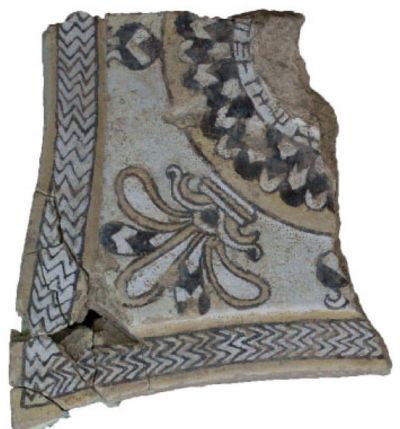
Palace of Assurnasirpal
This piece of a plaque bears part of an inscription which reads “Palace of Assurnasirpal, (king of the land of Assur).”
Researchers determined that it was created for Assurnasirpal II (883-859 BC) and that he, or one of his governors, must have had a palace built or rebuilt after the Assyrians had re-conquered Idu.
The decorations, whose colors are still preserved, include a palmette, pomegranates and zigzag patterns.
A Curious Artifact
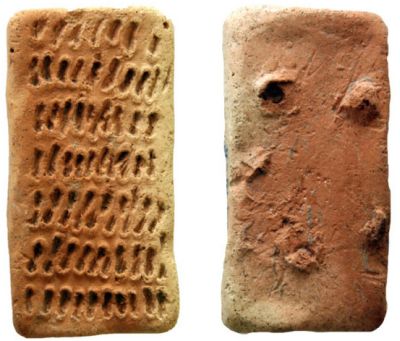 This curious artifact is a clay model of a bed, something which has been found at other sites in the Middle East.
This curious artifact is a clay model of a bed, something which has been found at other sites in the Middle East.
Researchers conclude that models like these were particularly popular around 4,000 years ago but were used as recently as about 2,000 years ago.
They believe “scholars have suggested several theories about the function of similar models. It is likely that they reflect practices of private, household religion.”
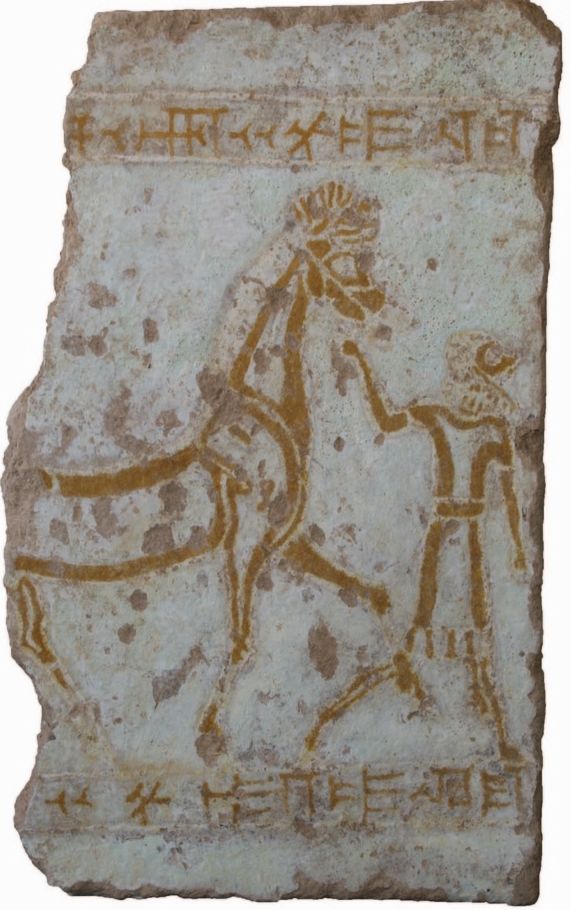 The ancient city of Idu is now part of a Tell (a mound created by human occupation) that rises about 32 feet (10 meters) above the surrounding plain.
The ancient city of Idu is now part of a Tell (a mound created by human occupation) that rises about 32 feet (10 meters) above the surrounding plain.
The modern day name of the site is Satu Qala and a village lies on top of the Tell.
In 1987 Saddam Hussein’s forces attacked and partly burnt the village as part of a campaign against the Kurds. Signs of this attack were still visible to the archaeologists.
Excavations were conducted at the site in 2010 and 2011. Before wide-scale digs continue an agreement will have to be reached between the modern day villagers and the Kurdistan Regional Government that would allow for some of the houses to be removed.
